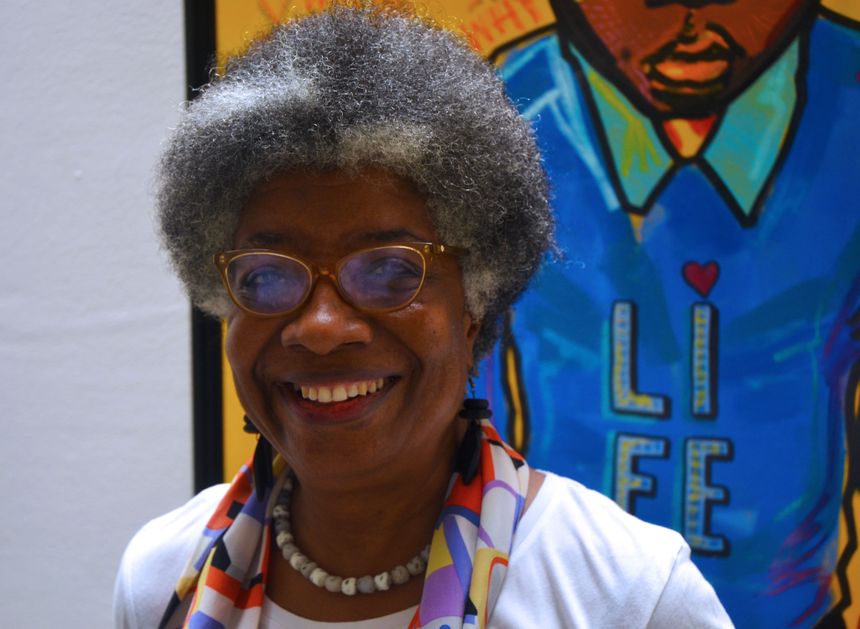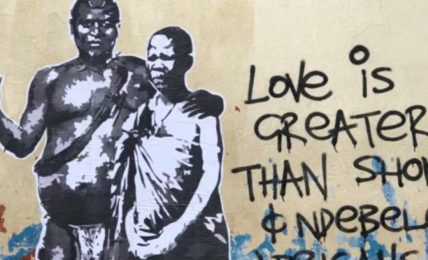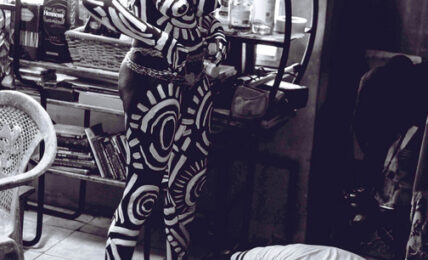Doual’Art: Thirty Years of Showcasing Cameroon Contemporary Art
In 1991, Marylin Douala Manga Bell and her husband founded Cameroon's first-ever contemporary art center. Since then, she has been a key enabler of local talent growth - and the emergence of Cameroon's contemporary artists on the world stage. Now she wants to ensure that their legacy has a more local focus..





